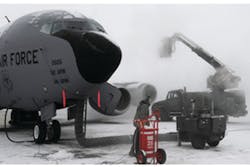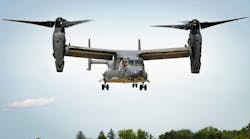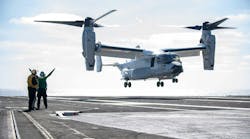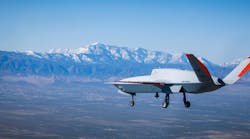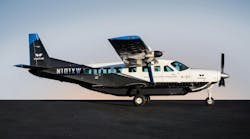Stop. Collaborate and listen. Airmen are here with a very special mission.
Maintainers from the 92nd and 141st Aircraft Maintenance Squadrons (AMXS)are ready 24/7 to counter the harsh winter conditions that would otherwise ground Fairchild's KC-135 Stratotankers. They are the deicing crews who, since October, applied deicier to aircraft more than 400 times.
Ice and snow
"No. 1 priority is getting the planes cleared off and in the air," says Master Sgt. Joe Huddleston, 141st AMXS production superintendent of deicing, who shared it costs about $4,000 to deice a tanker one time.
But it's not just removing a layer of ice; sometimes it's removing 6 inches of snow first. Crew chiefs will drag ropes over the plane's fuselage and shovel snow off the wings. Then the fun begins.
DEICING equipment
Deicing trucks require two operators, one to drive and another in the spraying basket. The trucks, equipped with three engines, are capable of holding 1,640 gallons of deicing fluid and 165 gallons of anti-ice. A special computer tracks exactly how much fluid is being used, says Senior Airman Chas Cramer, 141st AMXS crew chief.
These trucks are equipped with nozzles that blow special fluids to melt snow and ice from the aircraft and prevent it from reforming. The deicing fluid is applied first at a temperature of 180 F before the anti-ice is applied. The anti-ice is a corrosive chemical which prevents the re-formation of ice on the aircraft and is stripped naturally off the aircraft after takeoff, says Master Sgt. Mike Edwards, 141st AMXS crew chief.
Ice and snow
On a day with light frost and small amounts of accumulation the whole deicing process takes about 10 to 15 minutes. But on days with ice and large amounts of snow it can take the team up to three times as long.
"The process is important because any frost or ice on the aircraft disrupts the air flow across the wing, affecting the aircraft's ability to produce lift," says Edwards. "It's essential the deicing and anti-ice fluids are applied."
Maintenance squadrons
With the 92nd and 141st AMXS squadrons combined they have more than 300 Airmen qualified to execute this mission.
"Total force integration here plays a huge role in completing the mission," says Senior Master Sgt. Lester Gaither, 92nd AMXS lead production superintendent. "It wouldn't be possible without the 92nd and 141st working so closely together on this."
Ensuring around-the-clock support, crews work in three shifts rotating members out every two weeks to keep everyone qualified on the de-icing procedure.
There was a problem and these Airmen solved it, deiced like a ninja, the crew chief's resolved it.
